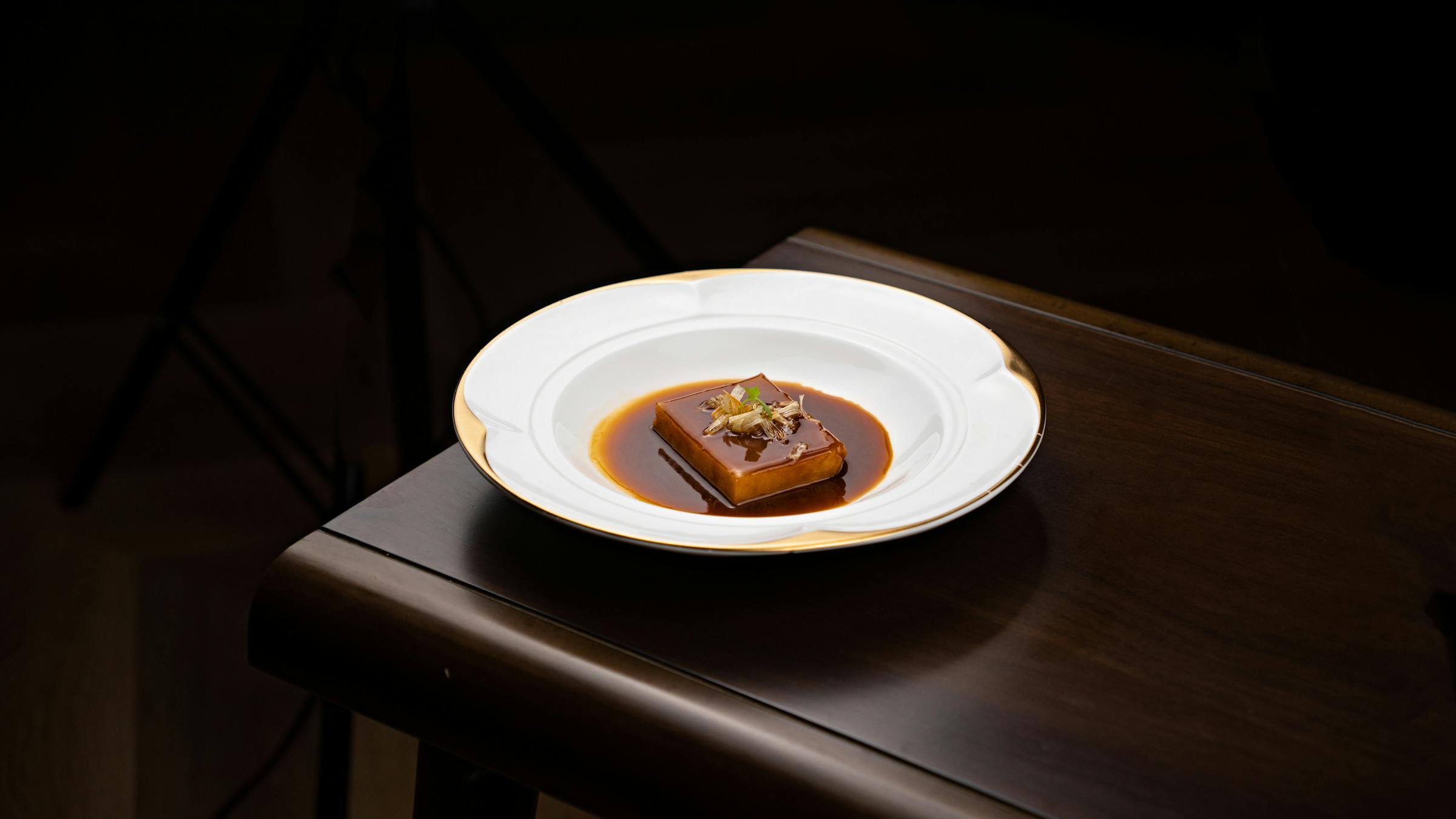Early spring light enters the studio at a low angle, catching the gloss of spruce vinegar and the matte blush of preserved rhubarb. Chef Lina begins every plating session by observing this light. “Before any ingredient touches the plate, I map how the sun moves across our table,” she explains. “It tells me where brightness or shadow will fall, which becomes part of the composition.”
Listening to ingredients
The season’s first asparagus inspires a vertical structure reminiscent of the Montérégie fields where it grew. Lina pairs the spears with a silk of grilled onion, a whipped chèvre flecked with spruce pollen, and petals of yellow calendula. “I treat the plate like a small landscape—the asparagus are tree trunks, the chèvre is morning mist,” she says.
“Plating is choreography. Each element has a gesture that reflects how it was grown, harvested, or preserved.”
Color as emotional cue
Color theory is a guiding tool. Lina keeps reference swatches in the kitchen, pulled from textile inspirations and paintings. For the spring menu, she leans into tonal gradients: celadon greens fading into blush pinks. “Color primes the palate,” she notes. “Guests anticipate certain flavors when they perceive certain hues. We can surprise them by pairing a pastel palette with bold acidity.”
Textures that tell stories
A plate rarely features a single texture. A pickled spruce tip offers snap, while a rye breadcrumb crumble nods to rustic terroir. “Texture is memory,” Lina says. “Crunch might evoke a forest path, while a silky custard conjures nostalgia.” Sensoria House often documents these choices through sketches and flavor maps, preserving the process for future seasons.
Lighting and pacing
During service, lighting is adjusted to complement each course. Soft spotlights highlight reflective elements like glazed carrots, while candles warm the tones of root vegetables. The pacing ensures guests have time to visually absorb the plate before tasting.
Ultimately, seasonal plating at Sensoria House is less about perfection and more about relationship—between ingredient and landscape, chef and memory, guest and experience. “We invite diners to read the plate like a poem,” Lina reflects. “Every element is a verse, and together they compose the season.”
